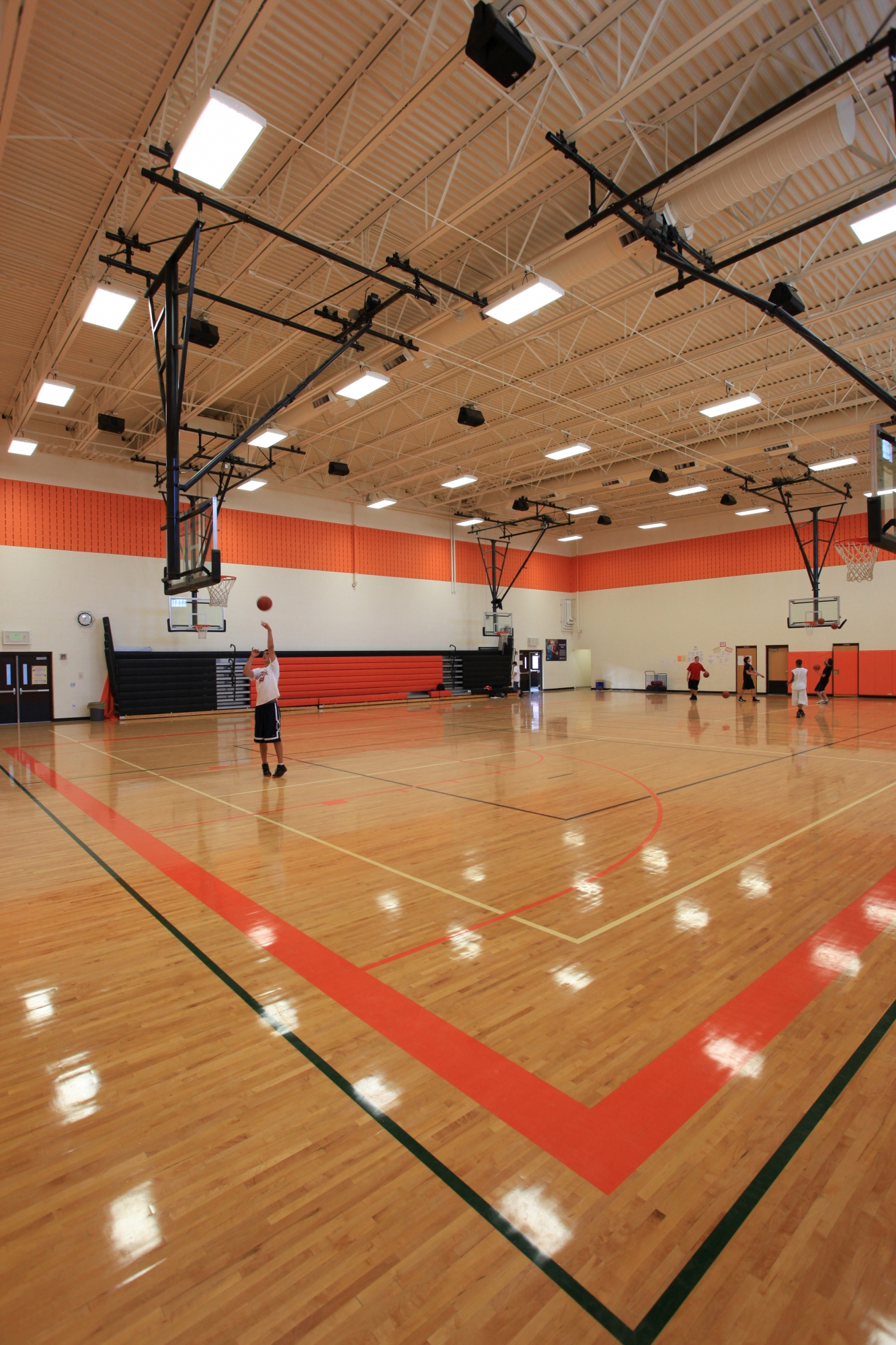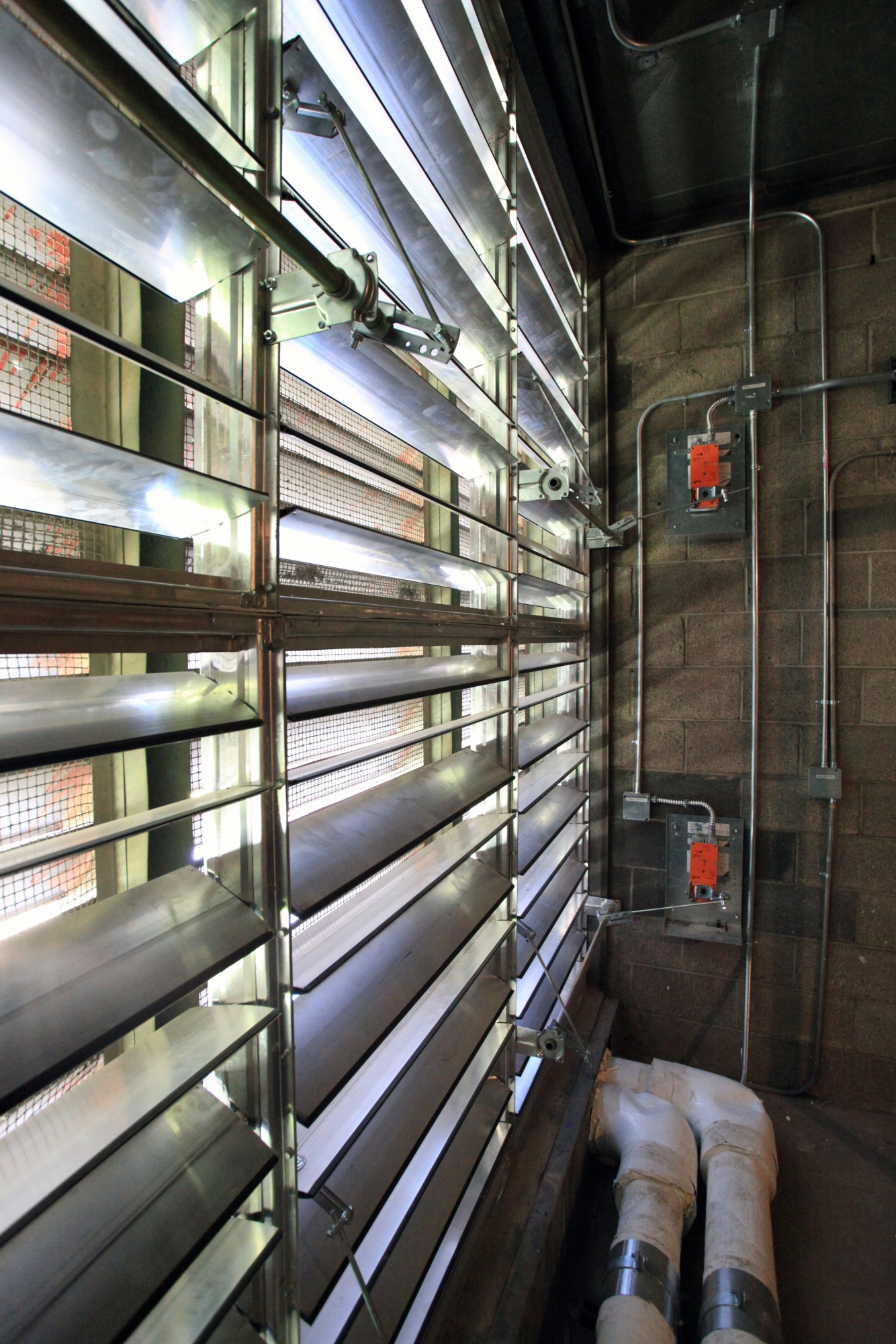School Renovation: No Tax Increase Required
GRAND JUNCTION, Colo. — Aging facilities, budget cuts and a heavy carbon footprint: the dilemmas facing school districts across the nation.
Colorado’s Mesa County School District 51, however, was able to make upgrades to its on-average 38-year-old buildings that are expected to save more than $617,000 per year in energy costs, and more than $390,000 in operating and maintenance costs over the next five years – all without a tax increase.
At a total construction cost of $10,720,459, the district’s goal was to provide energy efficient, comfortable and healthy learning environments, officials said.
The district initiated the project in 2008 with a proposal for a bond measure that failed to pass. In need of an alternative funding method, the district selected Trane, an air control, HVAC and building services provider and brand of Ingersoll Rand, to complete the project.
After upgrades were completed, Trane was able to organize a utility rebate for the district totaling $1,298,416.

Covering 2,200 square miles, Mesa County School District 51 has 43 school campuses valued at $363 million. The district is the largest employer between Denver and Provo, Utah with about 3,200 employees and has 22,315 students, making it the twelfth largest school district out of 178 in the state.
Trane’s Comprehensive Solutions Director Jim Knutson said the local economy was involved in natural gas drilling that decreased from 2008 to 2010. The drop in activity led to an unemployment rate increase from 3 percent to 9 percent in one year – the largest rise in unemployment in any county in the U.S. in 2009, he said.
The district’s revenue comes primarily from state funding at 58 percent, with 36 percent from local property tax and 6 percent from specific ownership tax.
"Despite these hardships, the district still was able, through performance contracting, to create a high performance learning environment and reinvest the savings back into their facilities and are now achieving excess savings to help their budgets," he said.
Performance contracting is an option for funding energy-saving improvements in buildings that allows schools to manage and optimize their energy use and leverage the savings to support strategic educational objectives.
Trane held two rounds of workshops with the district and community to identify major concerns, narrowing the issues down to address overcrowding, the physical plant condition, building pride in the facility and creating equity for teachers.
The district saw a savings of $750,000, and annual utility costs dropped from $3,590,000 to $2,840,000 over the three-phase project cycle.
The total annual energy and water conservation savings guaranteed by Trane was $727,786, with a cumulative operating cost savings over the first five years of $401,480.
After the fifth year, the company guarantees the district will have no operating or maintenance costs and positive annual cash flow each year, Knutson said.
The initial "Fast Track" phase, which cost $4,102,761, involved summer construction of the boiler room, air conditioning upgrades to the high school and lighting repairs district-wide to help fund large capital upgrades.
The second and third phases, which cost $4,531,077 and $2,090,455, respectively, were energy conservation measures, higher energy use index buildings with larger scope, and district-wide commissioning.
The lighting retrofit included 27,926 replaced lighting fixtures and occupancy controls and timers placed in classrooms, private and open offices, gyms, hallways, restrooms, libraries and cafeterias.
 Further renovations included six major boiler replacements, domestic water heaters, variable air volume system installations and HVAC system upgrades. Kitchen facilities were also upgraded, with HVAC improvements and electric to gas oven conversions.
Further renovations included six major boiler replacements, domestic water heaters, variable air volume system installations and HVAC system upgrades. Kitchen facilities were also upgraded, with HVAC improvements and electric to gas oven conversions.
A district-wide building automation system was installed and 1,300 water fixtures were upgraded for water conservation.
The outcomes of the high performance measures included better lighting, enhanced comfort and learning environments, reduced obsolescence and reduced emergencies, according to officials.
In addition to the reduced carbon footprint, student awareness was increased and reduced operations and maintenance were all paid for out of savings. The project earned a total of 26 Energy Star awards.
Company officials said the key lessons that other districts could learn are the importance of leveraging business partnerships and using workshops with all interested parties to gain consensus.
Most importantly, according to officials, it is better not to wait — opportunity costs can be expensive, they said.
